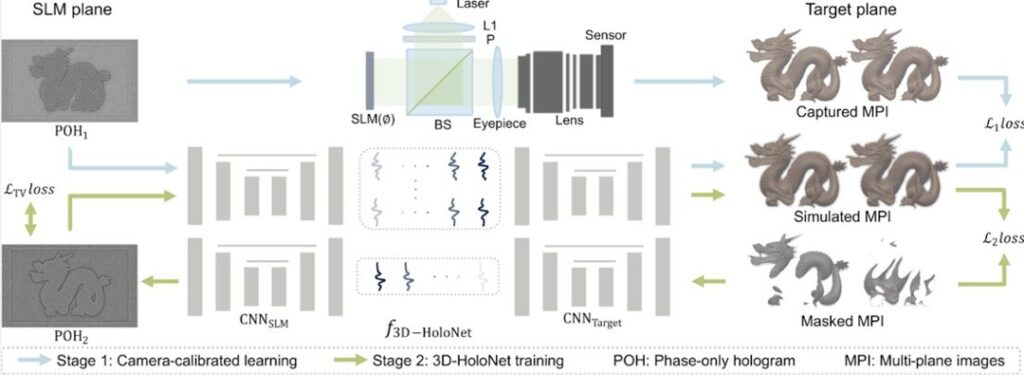Customized optimization design of clinical spinal cage with anisotropic microstructures based on latent variable Gaussian process
Counterfeiting threatens the global economy and security. According the report issued by the United States Patent and Trademark Office (USPTO) in 2020 “the value of global counterfeiting and pirated products is estimated US $ 4.5 trillion a year.” Despite enormous efforts, conventional anti-counterfeiting approaches such as QR codes can be easily fabricated due to limited data encryption capacity on a 2D in-plane space.
How can we increase the encryption density in a limited space?










